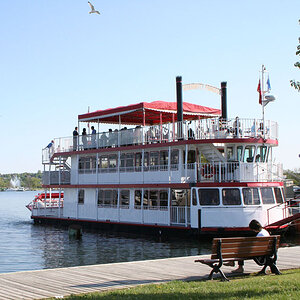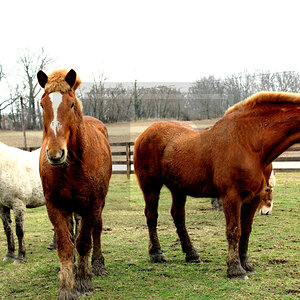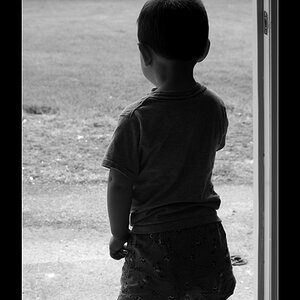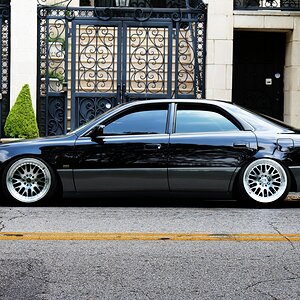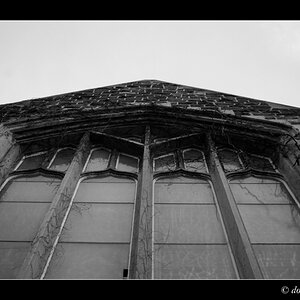mrobely
TPF Noob!
- Joined
- Sep 5, 2016
- Messages
- 9
- Reaction score
- 0
- Can others edit my Photos
- Photos OK to edit
Would love to get a professional opinion when shooting models where tripod is not available or when mobility of camera is essential, such as when model is changing poses quickly and there is no fixed focal length.
Is it better to use Autofocus or Manual Focus? I have Canon Rebel t3i, using a Canon kit zoom.
Also just bought a 50mm Prime, but have not used it yet.
Is it better to use Autofocus or Manual Focus? I have Canon Rebel t3i, using a Canon kit zoom.
Also just bought a 50mm Prime, but have not used it yet.


 20160905_0533
20160905_0533

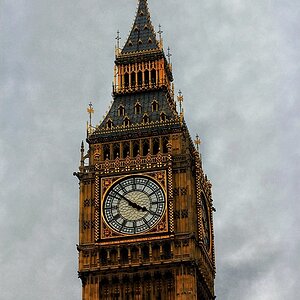
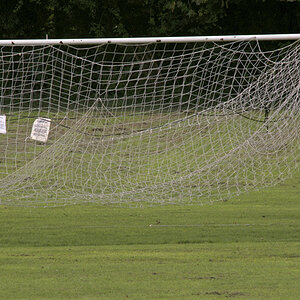
![[No title]](/data/xfmg/thumbnail/32/32154-8c44f76cb4a7777142bd645c3624daac.jpg?1619735234)
